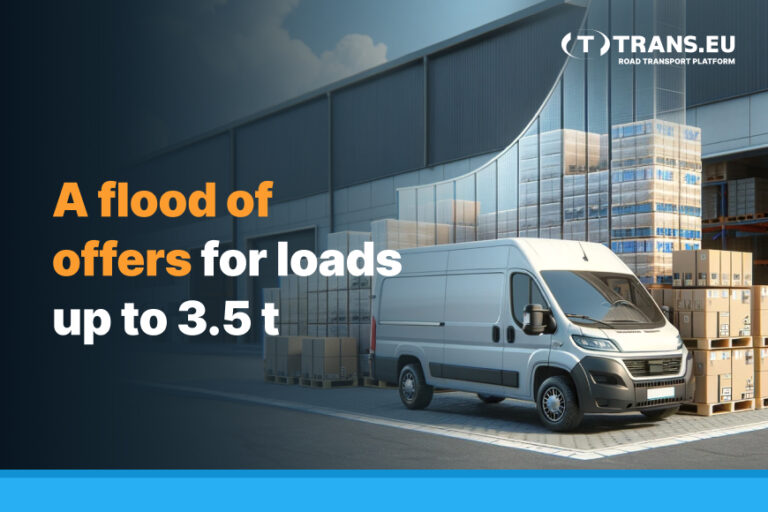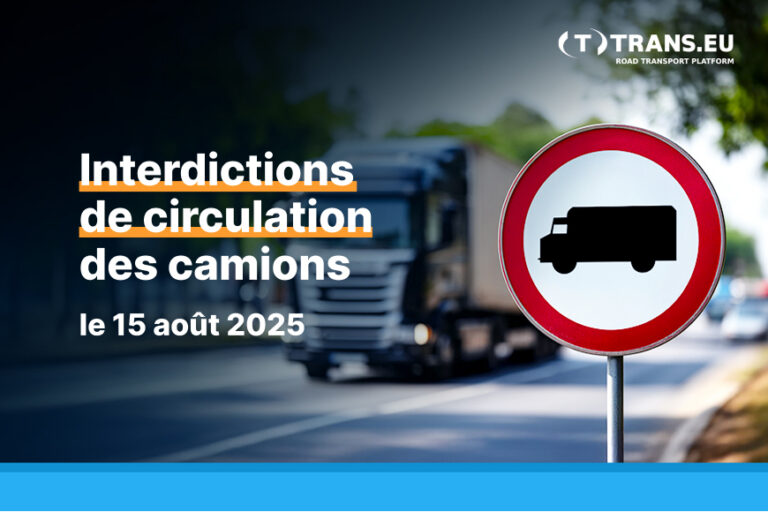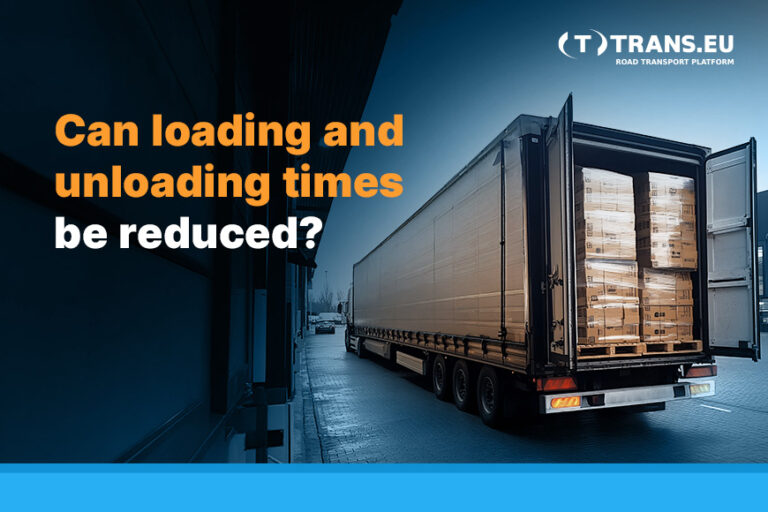Transport by vehicles up to 3.5 tons is highly diversified and specialized. It complements heavy transport – as in the case of the last mile, i.e. the delivery of goods from the distribution center to the destination. It is also a cost-effective and time-saving solution for companies with smaller volumes to transport. Thanks to the fact that the weight of new vans is dropping, in many cases they can already carry 1,500 kg instead of 1,200 kg of goods, while staying within the gross vehicle weight limit.
The sector of vehicles up to 3.5 t GVW is growing steadily, which is reflected in the increasing number of freights. On the largest van exchange in Europe – Trans.eu, the number of freight offers between January and April 2024 amounted to approximately 7.4 million, which is an increase of 21.6% compared to the same period a year earlier.
Increases in all directions
For financial reasons, the most cost-effective form of transport up to 3.5 t is international transport, in particular cabotage and cross-trade, which are easiest to start after bilateral transport. Tracking the number of offers for Trans.eu on all major destinations, in the first four months of 2024, we can see huge increases, reaching up to 68% compared to last year.
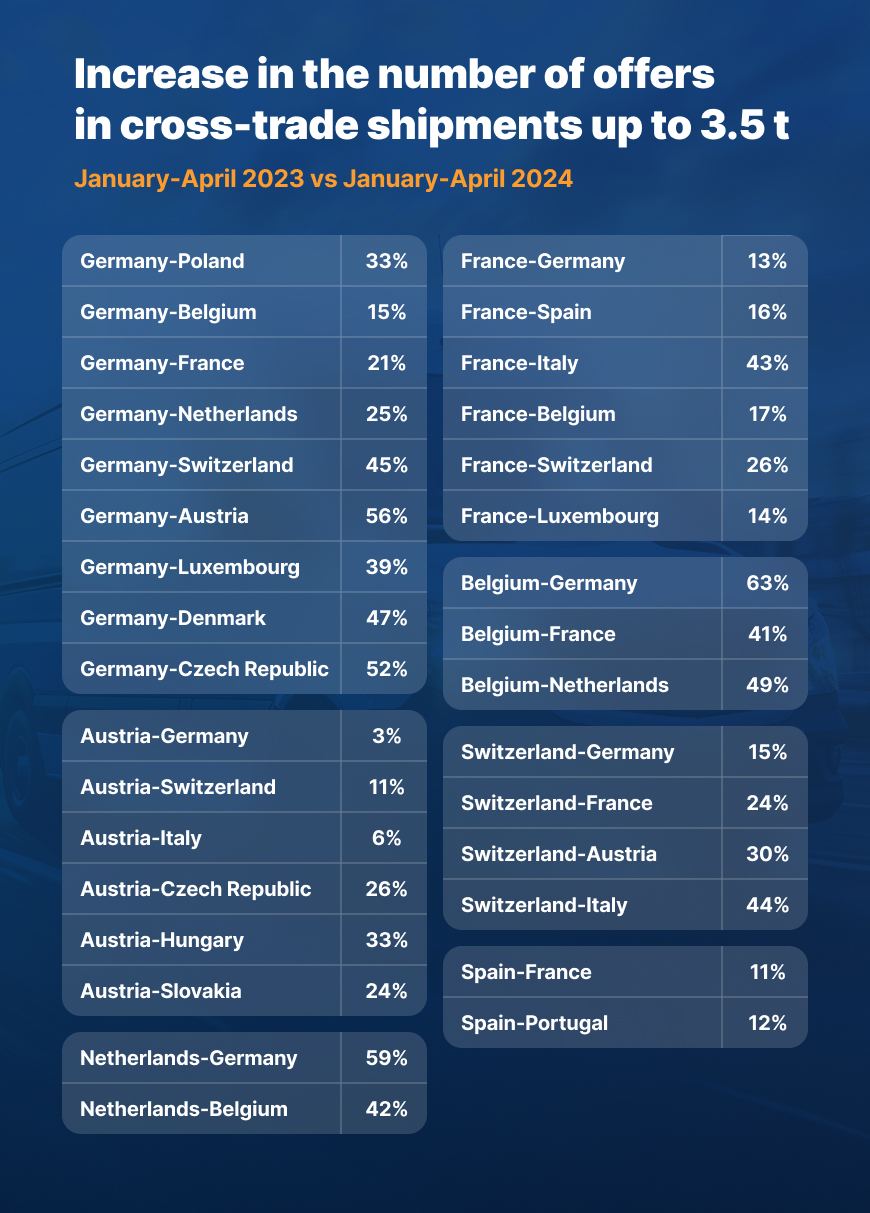
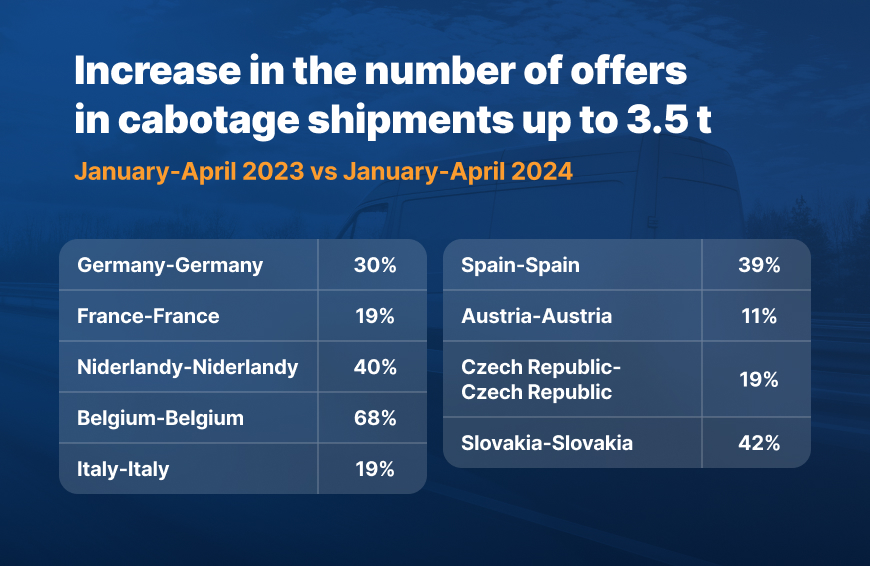
What should be kept in mind when transporting goods up to 3.5 t
Transport by vehicles with a gross vehicle weight of up to 3.5 t has been subject to EU regulations. They are expected to affect road safety and fair competition. Despite initial concerns that the development of the light-duty vehicle sector would be hampered, the new rules have not had a negative impact on transport companies.
What exactly are they about? From May 2022, carriers with vehicles up to 3.5 tons, operating on the international and cabotage market, are required to have a Community licence, and what that entails:
- ✅ Have a permit to perform the profession of road transport operator,
- ✅ Obtain a Certificate of Professional Competence
- ✅ Demonstrate a financial guarantee to cover each vehicle (€1,800 for the first, €900 for each subsequent vehicle).
- ✅ Operate in the territory of the European Union.
In addition, some of the rules already used in heavy transport have come to apply to van carriers. The Mobility Package allows for 3 cabotage operations within 7 days. It additionally imposes a 4-day break between consecutive cabotages in the same country. The employer is also obliged to organize the driver’s work in such a way that he returns to the company’s operating base no later than 8 weeks after leaving it.
Where to look for loads for vans?
The best way to obtain freight offers is to diversify your sources, i.e. to get them directly from the shipper, in cooperation with the freight forwarder, and on the freight exchange. The largest number of potential orders can be found on the Trans.eu Platform – the largest exchange for loads up to 3.5 t. It is an excellent place to develop your business and establish relationships that can turn into long-term cooperation.
Take advantage of the flood of loads up to 3.5 t on Trans.eu
